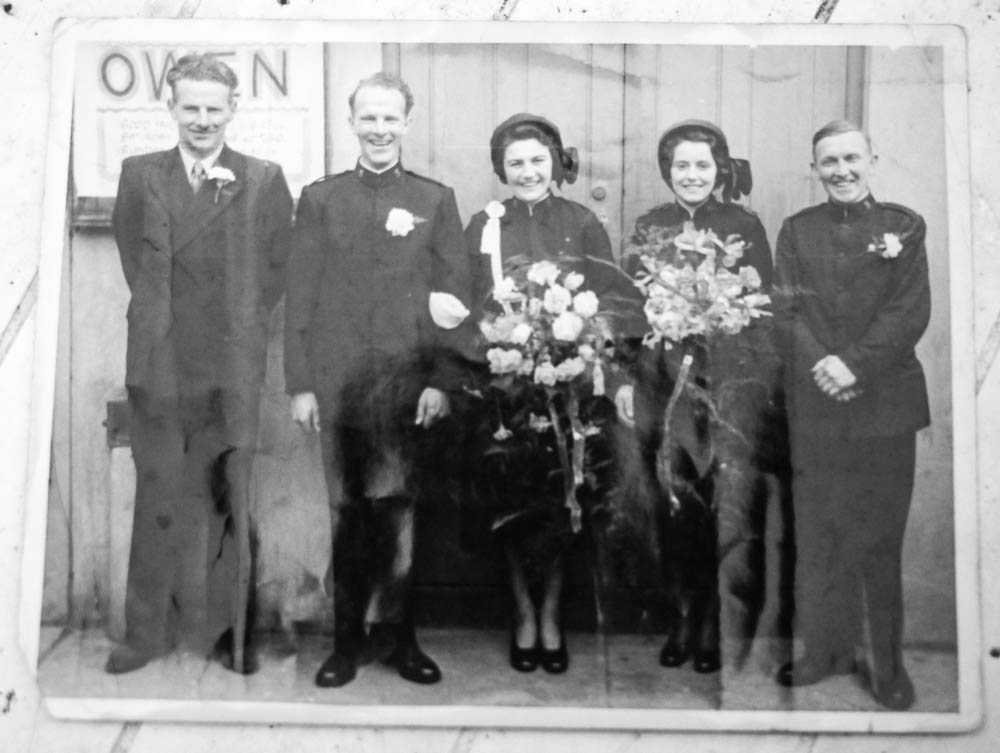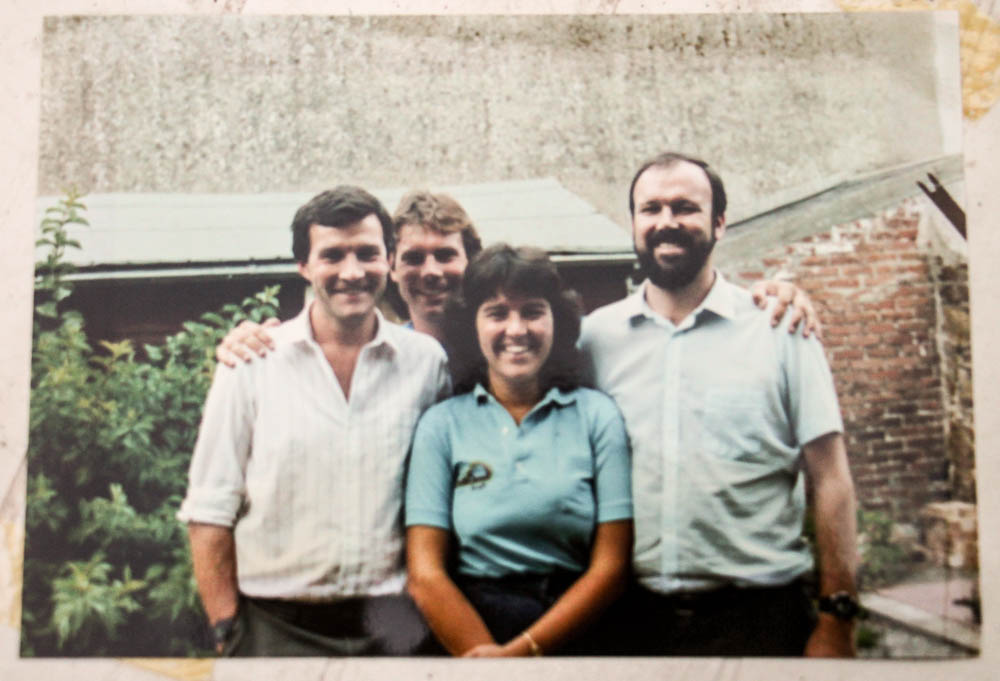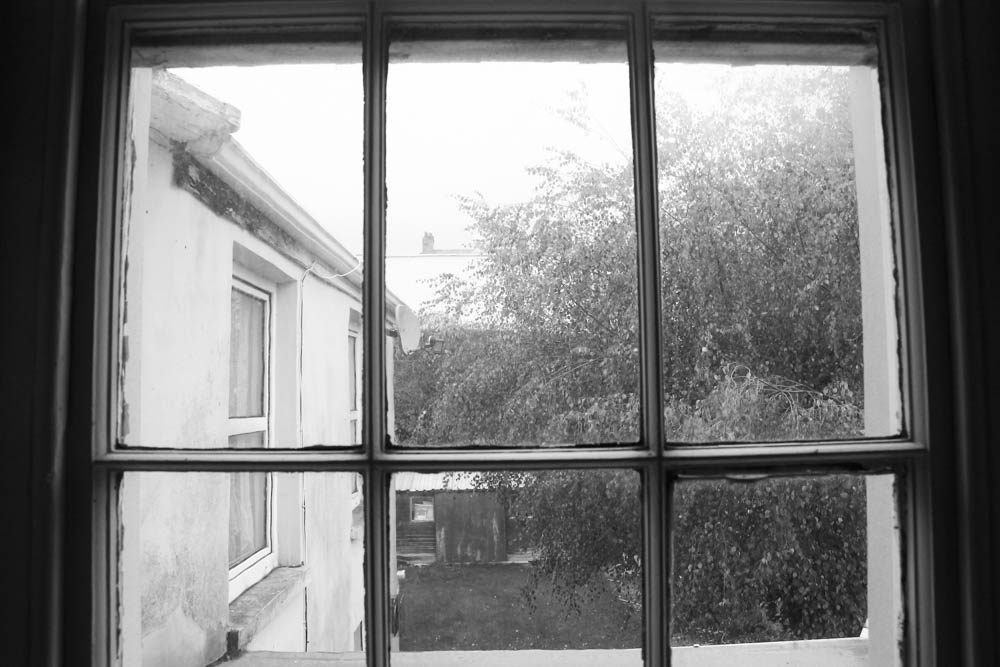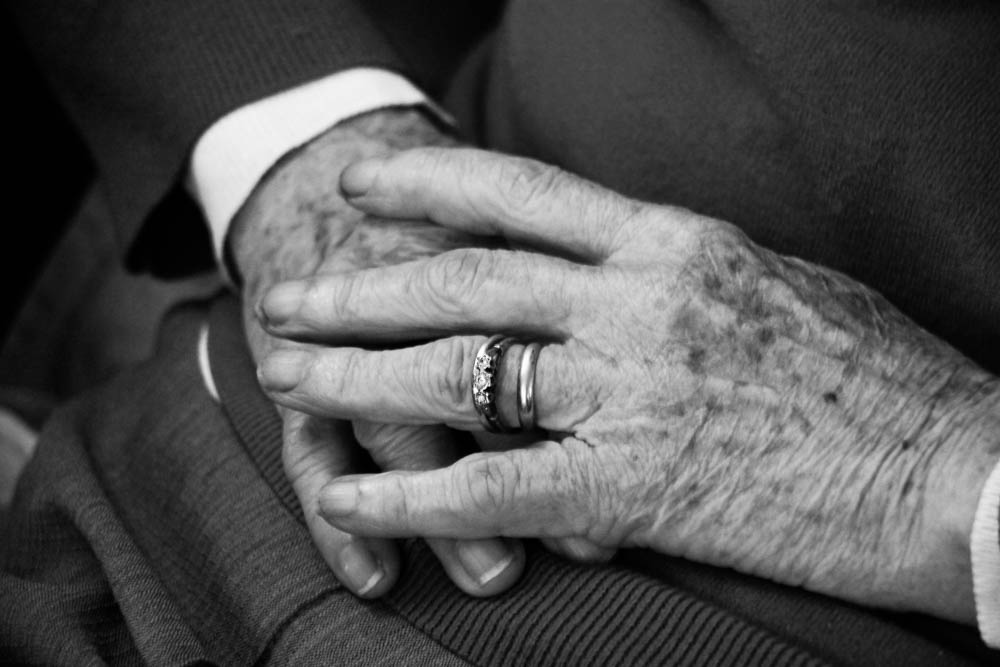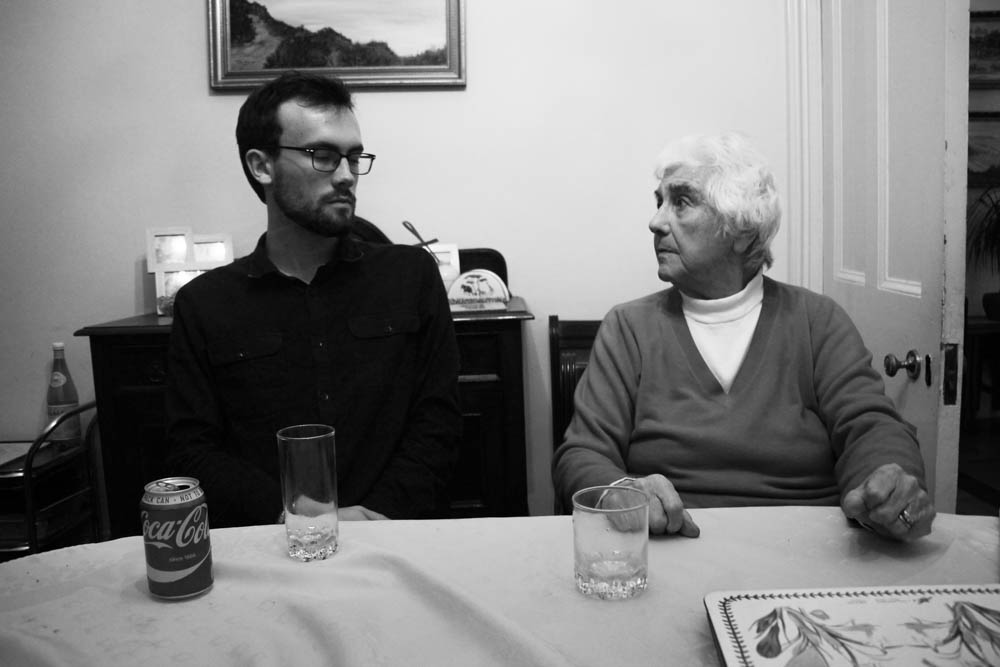My thoughts of the exhibition
First Impressions
On entering the exhibition room for the first time, I was impressed at the vast display of photographs which were on offer. I would say there was probably about 200-300 images on display. One noticeable feature about this was that all of the photographs were in black and white. At first I was quite critical of this because in the last 10 years the JEP have been photographing and printing a great numbers of their photographs in colour and I think that this should have been recognized, as part of the last 125 years. One possible reason for this however may be that the archives is recognizing the fact that traditional photographs have always been I black and white. On evaluation however I am disappointed that the exhibition didn’t include this as an aspect.
The layout of the display I found was very symmetrical and well ordered. This immediately gave me a good feel about the exhibition because I think that it is important for it to laid out in a methodical manner so that the display looks tidy, reflecting the effort put into displaying. I also liked how the room was quite open. We had about 80 people that fitted comfortably in the room and I think if there was less people in the room this vast size would have been even more apparent.
My first impression of the images on display was quite mixed. Some of the images included I thought was better than others, and at times the layout appeared to be quite inconsistent as to show different themes and time periods scattered around. In honesty, I would have preferred if the images were laid out in a more chronological order so that you could literally travel through the timeline of the 125 years the exhibition attempted to convey. Some of the images however I thought were really interesting and in a way I like how a variety of different images (i.e. themes and topics) were shown alongside each other because it visually helped to mix up what was being shown. In addition, I think that the inclusion of colour images would have further added to this variation.
What is it that you like about your favourite image – be as specific as you can? What is the photographer trying to communicate?
This image shows German troops parading outside town, just outside Lloyds Back, which still exists today. I like this image because I think it gives a fascinating insight into what it may have been to live through the occupation. The thought of armed troop parading around a small island such as Jersey must have been quite a scary and unpleasant experience for the islanders. This tension is emphasized well through the presence of the two citizens, standing outside the Pomme D’or, looking very uncomfortable.
The best aspect of this photograph is that is effectively captures a theme and a moment. It is important to look back on images that shows the everyday occurrences of life under the Nazi occupation, which is something which this image effectively conveys.

This photo shows a few children enjoying the old cable cars of fort regent, which are longer in operation. These cable cars were once considered an important aspect of fort regent and St Helier in general, enjoyed by both tourists and islanders. I am pleased that the exhibition included an image of the cable cars because although not a crucial part of Jersey’s history, it was nevertheless an integral part of Jersey’s identity for a number of years, especially being a symbol of Jersey’s long history and economic reliance on tourism. I find the history of cable cars to be very interesting because my Dad used to work as a member of Fort Regent staff who were in charge of the cable car, and so had first hand experience off the mechanics behind it.
In terms of composition, this image is possibly not the best, however it is a very interesting documentation of the cable cars. The fact that cable cars are no longer in existence in Jersey means that it is vitally important that images such as this remain and are preserved in the archives for years to come, as a way of preserving an aspect of Jersey’s his.
4. What is wrong with your least favourite image? How could it be improved?

This image, presumably a group portrait of machinery workers, is an image from the exhibition which I did not think was particularly good. I didn’t like this image because as a portrait I didn’t find the composition to be very good, nor the image to be particularly exciting.
The use of flash makes the lighting very harsh, and I find such an inclusion to be furthermore unnecessary. Certain compositional elements were clearly not well thought out beforehand, fr example where the subjects are positioned, the alignment of the table, and the pencil and measuring equipment scattered in the bottom right of the frame, again an aspect which is unnecessary. I don’t find the image to be in any way balanced in terms of lighting or composition.
If this image was to be improved I would consider that greater thought and care should be taken into composition. Also don’t use flash as it is not needed in this instance, and it ruins the subtlety of the image.














